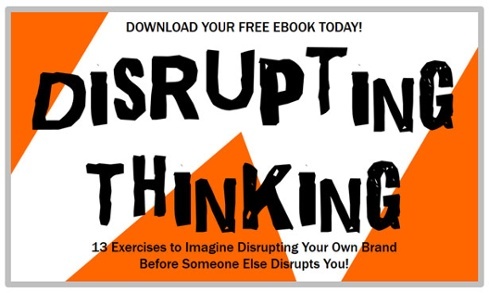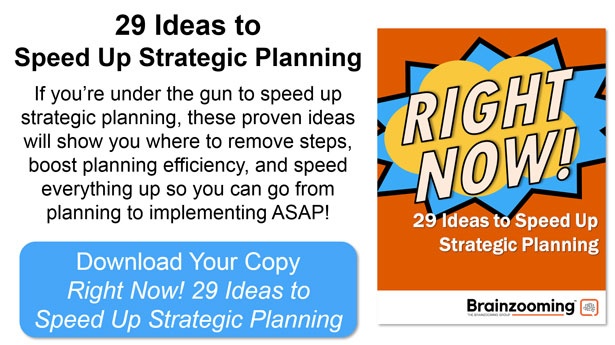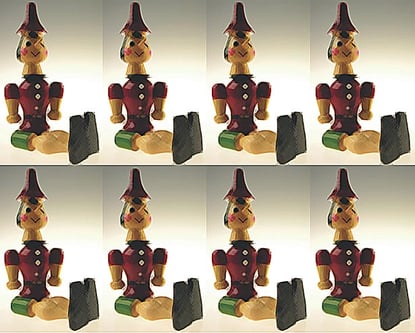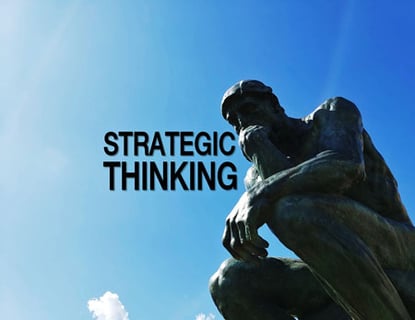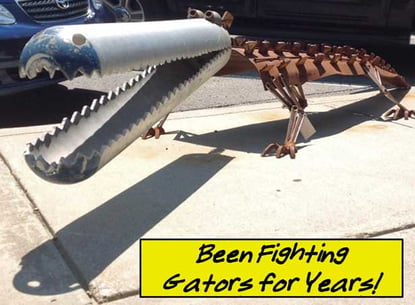Matt Britton, a millennial generation expert, spoke about the anticipating the Class of 2025 as the keynote speaker on the closing day of the October 2017 Social Media Strategies Summit in New York. His keynote got us thinking about how today’s ten-year-olds (the Class of 2025) will change the landscape for brands, following in the wake of the impact millennials have created.
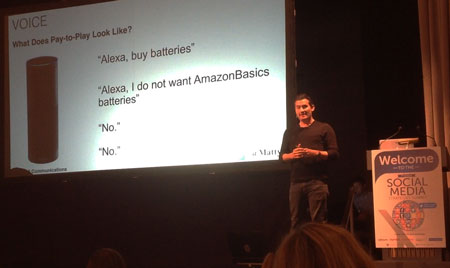
A Future-Looking Strategic Thinking Experiment
Reviewing the copious notes, here are strategic thinking starters for thought experiments as you imagine your future organization and market.
A Radically Different Audience Base
Britton discussed the fact that younger millennials (born between the early 1980s and late 1990s) and Generation Z (born mid-1990s to mid-2000s) are the first generations to grow up with the internet in their households. Because of the lifelong availability of the web, Britton contends their brains are wired to think and consume differently.
For the class of 2025, it goes further: they were born with phones in their faces. They are developing collaborative projects online in grade school. The availability of learning outside traditional schooling structures will change the training and pool of employees, leading to greater diversity, fewer people with traditional college degrees, and a need for specialization vs. careers as generalists.
Strategic Thinking Experiment Starters:
- If none of our employees had college degrees and were instead DIY or technically-trained, how would our business model and processes change?
- What could we do better in this scenario? What would we do differently?
Talking to Machines, Not People
Changes in how we interact with computers, robots, and other devices are already underway. Instead of typing, we’ll increase voice interaction – or mind control. Britton’s claim is “hardware is the final mile.” That’s why Amazon and Google are moving to hardware, because it will dramatically impact online search results.
Where people once might have viewed several search pages to find answers, now it is about a brand needing to be among the first ten recommendations on Google. With voice delivery, people won’t listen to more than one or two options. If the voice hardware doesn’t mention your brand, you are out of luck; thus the importance of shaping how the hardware works. With devices talking directly to devices, the dynamic changes even more.
Strategic Thinking Experiment Starters:
- What will it take to set up a marketing innovation team to understand how voice technology changes our marketing, sales, and customer service? Where should the team start exploring?
- If we don’t have a team looking at the impact of the Internet of Things on our business, what do we need to do to get on it by early 2018?
Renting vs. Buying
Britton combined several trends to explain why millennials (and later, the class of 2025) will want to rent things instead of buying and owning them:
- City and downtown living is a pull for millennials. As demand and prices rise, they can’t afford bigger places. The result is they won’t / don’t have room for as many things.
- Parking is an issue. The greater density of amenities in downtown areas makes walking, biking, and public transit more attractive. Thus, there is no need to own a car.
- In a gig-based economy, organizations will downsize offices. Gig workers will look increasingly to collaborative workspaces to rent a desk or place to congregate and work.
- As having more things is less attractive, experiencing more things (and documenting the experience digitally in photos and videos) is all the rage. The goal becomes pursuing experiences just to be able to take a picture and show it to others, with the expectation that the experiences and images are life changing and defining.
There are numerous examples: massive valuations for Uber and WeWork, the popularity of Color Runs, and Get the Flight Out (GFTO offers last minute flights deals so going to exotic locales to take pictures is more affordable).
Strategic Thinking Experiment Starters:
- What changes in our business if most customers want our product or service on demand versus owning it?
- How do we move faster to introduce a self-disruptive business model before another brand does?
Abandoning the Middle
Britton predicted a continued move toward a “barbell economy,” where the middle class and mid-range products are being “wiped out.” He points to a major potential brand implication: the best growth opportunities are for luxury and value brands. Luxury brands can create high-impact, premium-dollar (potentially convenience-rich) experiences (see the renting vs. buying impact) and value brands can uncover supply chain innovations, taking costs out, and maximizing simplicity (Brandless sells essentially generic, but “better” food products, all at $3).
Strategic Thinking Experiment Starters:
- If we have a middle-market product or service, what will be left of our business if it dries up?
- What does the ultimate, premium, high-end version of what we produce look like? What does the generic, everything costs the same version of what we do look like?
Old Hat, Old Thinking, or Both?
Whether these predicted trends feel old hat or impossibly far off for your business, you should take Matt Britton up on one of his ideas: creating a shadow board of millennial employees to advise your Baby Boomer and Generation X senior leaders on what’s coming. Create this type of group, and spend time with them imagining what your brand and marketplace’s future looks like.

